No products in the basket.
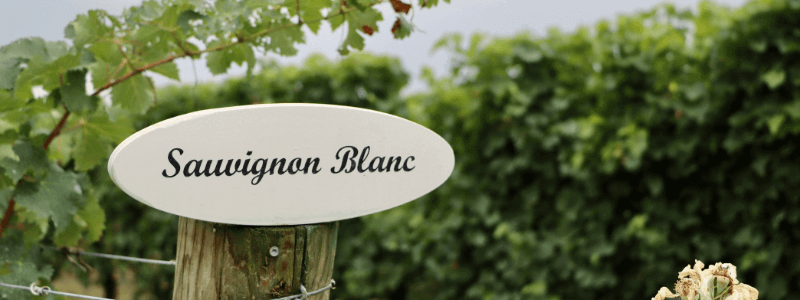
It is probably no surprise that Sauvignon Blanc features in the top 10 most planted wine grapes in the world.* Check out any list of the most popular wines in the UK and Sauvignon Blanc will be close to, if not at, the top. We Brits have fallen big time for the whole Marlborough Sauvignon Blanc brand and whilst there are many great examples of New Zealand Sauvignon Blanc, there are also many other amazing Sauvignon Blanc styles which are explored in this guide to Sauvignon Blanc. Read on to find out about the Sauvignon Blanc grape and where it is grown, the characteristics of Sauvignon Blanc wines and what they taste like plus what to eat with Sauvignon Blanc.
White grape variety Sauvignon Blanc is also known as Blanc Fumé, Blanc Fumet, Fumé Blanc and Muscat-Silvaner. The name is derived from the French for wild’ “sauvage”. Sauvignon Blanc has often been confused with Savagnin Blanc which is believed to be one of its parents. Chile has in the past imported what it thought was Sauvignon Blanc and only in the 1980s was much of it discovered to be another grape variety, Sauvignonasse. Sauvignon Blanc is a parent of the Cabernet Sauvignon grape.
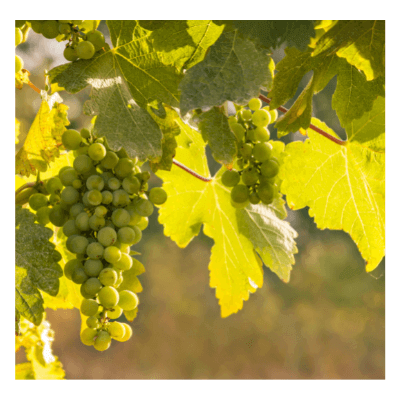
Sauvignon Blanc is an early ripener and the vine’s growth is vigorous which means that it is best grown on poor soils in cool climate areas to rein it in and slow down leaf growth, which can also be tamed with pruning. Its naturally high yields mean that Sauvignon Blanc can be – and is – used to produce huge volumes of inexpensive wine but keeping costs low by not pruning leaf coverage prevents the grapes from ripening and leads to herbaceous or green notes caused by compounds called methoxypyrazines – remember how grassy flavours and aromas used to dominate many Sauvignon Blanc wines? On the other hand, left too long on the vine, overripe grapes can produce wines dominated by big tropical fruit flavours so picking at just the right moment is crucial, depending on the characteristics the winemaker is aiming for in his wine.
Sauvignon Blanc is a naturally pungent or aromatic grape with good acidity. Cool climate regions again are best to prevent this acidity dropping too much as sugars rise in the ripening grapes. Rather than being mainly used for high volumes of more commercial entry-level wines, Sauvignon Blanc is increasingly being produced in the mid to high price range and as its characteristics can be influenced by different factors in the vineyard and by different techniques in the winery, very different styles of Sauvignon Blanc wine can be produced as you will read below.
According to the University of Adelaide’s Database of Regional, National & Global Winegrape bearing areas, vineyard area dedicated to Sauvignon Blanc globally almost doubled between 2000 and 2016. Circa 50% of plantings are concentrated in three countries – New Zealand, France and Chile.

Marlborough Sauvignon Blanc is perhaps the best-known Sauvignon Blanc these days but in fact the grape variety was only planted there in the early 1970s. Pioneers like Brancott Estate and Cloudy Bay saw the potential for Sauvignon in Marlborough’s largely cool climate, and other producers followed to such an extent that the grape is now the most planted in New Zealand and accounts for 72% of the country’s total wine production. And according to NZWine.com, three quarters of all New Zealand Sauvignon Blanc is planted in Marlborough.
Despite the huge influence of New Zealand in Sauvignon Blanc’s history, more Sauvignon Blanc is still grown in France than in New Zealand or indeed any other country, spread across the country but mainly in the Bordeaux, Loire Valley and Languedoc-Roussillon wine regions.
Before the emergence of Marlborough Sauvignon, the cool-climate Loire Valley’s Sancerre was considered by many as the epitome of Sauvignon Blanc (and still is to many). Pouilly-Fumé is perhaps less well-known but very similar in style.
Better known for its red wines, Bordeaux has long grown Sauvignon Blanc for a range of different wines, dry and sweet. And in Languedoc-Roussillon Sauvignon is used mainly for cheap and cheerful, fruity IGP (or vins de pays) wines.
Sauvignon Blanc is Chile’s most planted white grape variety accounting for c. 10% of the country’s and 12% of the global vineyards although, as mentioned above, some of the older plantings are Sauvignonasse. Stick to wines from the cooler parts of the country like San Antonio, Bío Bío and the Leyda Valley for the more elegant wines.
There are further Sauvignon Blanc vines in many countries around the world but not in huge concentrations. It is worth mentioning South Africa however which is increasing its Sauvignon Blanc vineyards and creating some fine examples of sauvignon, often with crisp gooseberry characteristics.
It used to be said that you could tell a glass of Sauvignon Blanc by a distinctive smell of cat’s pee. That odour, now referred to as boxwood since certain species of boxwood apparently emit a similar smell when flowering, is thankfully no longer a common feature of the wine. In fact there are many different aroma/ flavour profiles for Sauvignon Blanc that have evolved as winemakers use different factors in the vineyard (such as different clones, quality and type of soils, vine pruning methods and harvesting dates) and different techniques in the winery (such as different fermentation temperatures, using oak barrels for fermentations and/ or ageing, malolactic fermentation, lees ageing and blending).
All these different factors make it difficult to define one Sauvignon Blanc style. There are various ways to try to paint the picture but all involve making generalisations – I make some regional generalisations but perhaps key to the styles of Sauvignon is whether your wine is from a cool or warm climate area:
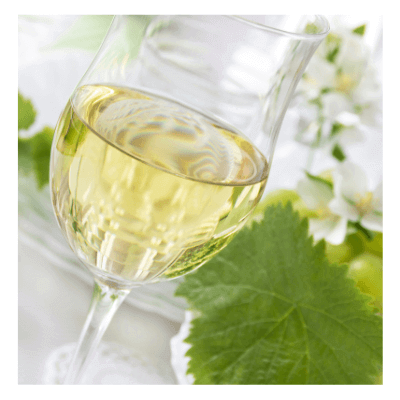
Cool climate Sauvignon will be lighter in colour and body, more elegant, tangy with citrussy flavours, gooseberry, asparagus and even hints of green pepper. There may be floral notes and hints of tropical fruits, passion fruit, peach and melon. Minerality will feature in some depending on vineyard soils. If a region is too cool or a cool climate region has had particularly poor weather with little sunshine then those herbaceous notes like gooseberry, asparagus, green pepper and nettles may be intense and make the wine seem green or unripe.
Warmer climate Sauvignons will be rounder, even oilier and slightly sweeter. Citrus notes are likely to be there but riper tropical fruits like passion fruit, kiwi, peach and melon will dominate. So that these wines don’t taste too sweet or too fat, the fruit flavours need to be balanced with good acidity. In more commercial versions of Sauvignon Blanc this is not always the case. As a very general rule…
Marlborough Sauvignon Blanc used to be known for its distinct herbaceous notes, especially of gooseberry and, whilst this is still true of many Marlborough Sauvignons, experimentation, differentiation between sub-regions of Marlborough with different micro-climates and perhaps even a quest for premiumisation, has led to a wider range of profiles. Many also display citrus and tropical fruit characteristics though the latter are usually subtle in Sauvignon Blanc from the cooler areas of Marlborough.
TWR Sauvignon is a case in point which wine-maker Anna Flowerday described to me as “a Sauvignon Blanc for people who think they don’t like Sauvignon Blanc”. It’s a fresh, subtle, elegant style – very citrussy with lemon and lime on the nose and palate and notes of elderflower and gooseberry and just a hint of something more tropical in the background.
Loire Valley is known for its elegant Sauvignon Blanc wines like Sancerre and Pouilly Fumé. This region has historically used warmer fermentation temperatures which tempers the tropical fruits as many winemakers want to express the “terroir” in their wines. The chalky soils in the region and the cool climate help develop the elegance, lighter body, crisp green apple, asparagus and often mineral characteristics. Flinty soils or “silex” are relatively common and can promote gunflint notes and longevity: wines like this Terre de Silex are more age-worthy than many other 100% Sauvignon Blancs.
Bordeaux Blanc can be Sauvignon Blanc and/ or Semillon (sometimes with a little Muscadelle added). A dry, 100% Sauvignon Blanc Entre-Deux-Mers for example is very different from a Bordeaux Sauvignon Blanc blended with Semillon. The former tends to be light and crisp in style though quite intense in flavours. According to Vins de Bordeaux typical flavours and aromas are “citrus, boxwood and fig leaves” but I think citrus with floral notes and a touch of more tropical fruits is more common.
Sauvignon Blanc is not often associated with oak but it is common practice to use it in Bordeaux for fermenting some of the wine when it is to be blended with Semillon, a very oak-friendly grape. Sauvignon Blanc helps keep the acidity high in the mix, countering sweetness from the Semillon’s fruit and from coconut and vanilla flavours arising from the oak. Dry Sauvignon-Semillon blends from Bordeaux like Pessac Léognan are richer and display a wider range of flavours – lemon, nectarine and peach flavours with floral notes; they can be creamy and spicy from the oak and develop nuttiness and honey notes as they age over the years.
Australia, South Africa and New Zealand seem to have a knack for producing dry, crisp yet complex Sauvignon Blanc – Semillon blends like this lovely zesty example from Pegasus Bay.
Sweet Bordeaux wines like Sauternes and Barsac, again usually a mix of Sauvignon Blanc and Semillon, are richer still but should also benefit from Sauvignon’s acidity to cut through the unctuous texture, the complexity and the taste of rich apricots, pineapple and honey.
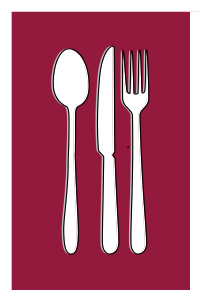
Sauvignon Blanc’s acidity makes it a good match for food in general but naturally different styles of Sauvignon Blanc suit different foods.
Lighter, dry, particularly crisp styles of Sauvignon, especially those with green, grassy notes in them, work well with many vegetables and fresh herbs including green peppers, asparagus, peas rocket and tomatoes, also with most fish and white meat dishes. The citrus Loire style of Sauvignon is renowned for pairing especially well with asparagus, the local goat’s cheese known as “crottin”, the not-so-local feta cheese and with slightly heavier fish and chicken dishes.
The slightly more rounded Sauvignon Blancs from parts of Marlborough and of South Africa are made for richer seafood dishes, oily fish and for spicy food (though they can clash with chillies so avoid serving with hot dishes). Warmer climate Sauvignon Blancs with their more tropical fruit profile can cope with the lighter red meats, veal, pork and gammon.
Rich Sauvignon Semillon blends that have seen oak are also great with richer seafood and fish dishes, especially when served with creamy sauces like Hollandaise sauce or beurre blanc. Roast chicken or pork also make great pairings with Sauvignon-Semillon.
Sweet Sauvignon and Sauvignon Semillon blends will of course be good companions for desserts, though with the heaviest desserts like Christmas Pudding something a little lighter like a Moscato d’Asti would work better. And on the savoury side sweet Sauvignon is renowned as a great partner for foie gras and, although it’s not as well-known, it is also fabulous with salty blue cheeses like Roquefort and Stilton.
Don’t forget guideline number 1 of my food and wine-matching tips – look first at the intensity of the food and match heavier, more intensely flavoured wines with stronger-flavoured foods and lighter styles with more delicate flavours.
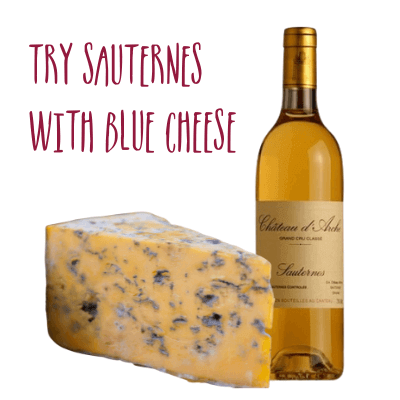
If you are a fan of Sauvignon Blanc, try wines from different regions to experiment and find your preferred style. And for something similar, crisp and dry, why not try a Vermentino or Grüner Veltliner?
* according to 2019 OIV figures
© 2014-2025 Wines with Attitude Ltd | VAT Reg. No. 181 2419 22 | Registered in England 08918466 | Fiveways, 57-59 Hatfield Road, Potters Bar, Herts, EN6 1HS